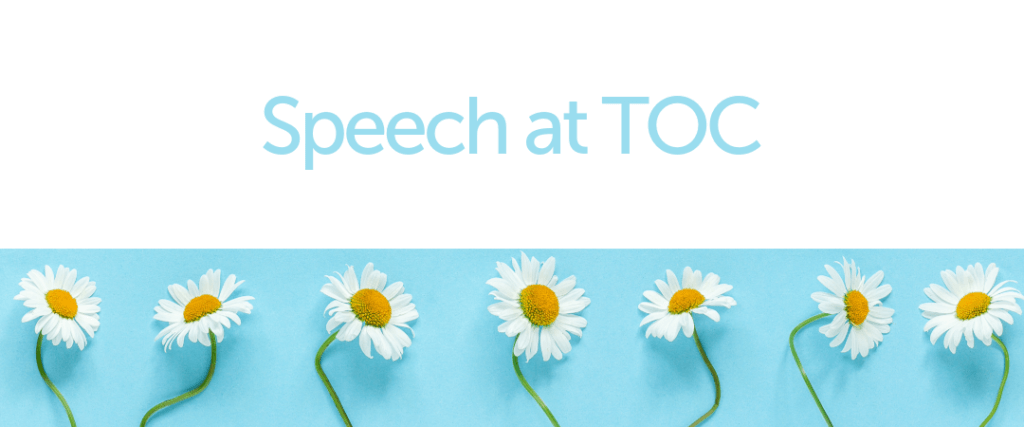September Newsletter 2024
  In our recently published article, Impacts of Hyperbaric Oxygen Therapy (HBOT) on Verbal Scores in Children With Autism: A Secondary Analysis of the HBOT Trial Using Multivariate Analysis of Variance (MANOVA), we explored the effects of HBOT on verbal behaviors in children with autism. The study found that children receiving both HBOT and Applied Behavior Analysis (ABA) showed greater improvements in verbal skills compared to those receiving ABA alone. This strengthens the case for HBOT as a valuable complement to autism therapies aimed at enhancing communication skills.Read Full Article Here! In our recently published article, Impacts of Hyperbaric Oxygen Therapy (HBOT) on Verbal Scores in Children With Autism: A Secondary Analysis of the HBOT Trial Using Multivariate Analysis of Variance (MANOVA), we explored the effects of HBOT on verbal behaviors in children with autism. The study found that children receiving both HBOT and Applied Behavior Analysis (ABA) showed greater improvements in verbal skills compared to those receiving ABA alone. This strengthens the case for HBOT as a valuable complement to autism therapies aimed at enhancing communication skills.Read Full Article Here!   Now Accepting New Clients for ABA Therapy in Troy! Now Accepting New Clients for ABA Therapy in Troy!The Oxford Center is excited to announce that our Troy location has immediate openings for Applied Behavior Analysis (ABA) Therapy! Our ABA program is designed to help children with autism develop essential skills in communication, social interaction, and daily living, with a personalized approach that focuses on each child’s unique needs. Our highly-trained team of Board Certified Behavior Analysts (BCBAs) and Behavior Technicians (BTs) are dedicated to providing the best care in a supportive, fun, and engaging environment. If you’re looking for a therapy option that makes a real difference, now is the perfect time to join us in Troy! Contact us today to learn more about our ABA services and how we can support your child’s growth and success. Schedule Your Appointment Today!  Discover the Power of Biofeedback Therapy at The Oxford Center Discover the Power of Biofeedback Therapy at The Oxford CenterAt The Oxford Center, we’re excited to introduce our newest offering: Biofeedback Therapy! If you’ve never heard of biofeedback, you’re not alone—but this innovative therapy could be the key to unlocking better mental and physical health. Biofeedback Therapy helps individuals gain control over certain physiological functions, like heart rate, muscle tension, and breathing, that are typically automatic. By using sensors to monitor these bodily functions, our therapists guide you in learning how to regulate your body’s responses to stress, anxiety, pain, and more. This non-invasive, drug-free therapy is ideal for individuals struggling with conditions such as anxiety, chronic pain, ADHD, and even high blood pressure. Biofeedback helps retrain your body’s natural “fight or flight” response, allowing you to take charge of your wellness like never before. Want to learn more about how Biofeedback Therapy can improve your quality of life? Contact The Oxford Center today to schedule a consultation and discover the benefits of this cutting-edge treatment! More Information   Fall Favorites at Colossians 3:23 Coffee House Fall Favorites at Colossians 3:23 Coffee HouseFall has arrived, and with it, a fresh lineup of delicious seasonal drinks to warm your spirit! At Colossians 3:23 Coffee House, we’re excited to unveil our cozy fall collection, crafted with love and the finest ingredients to capture the essence of autumn. Whether you’re looking for something spiced, sweet, or bold, we’ve got the perfect beverage to fuel your fall adventures. Check out our new flavors:Iced Pumpkin Spiced Latte: The classic pumpkin spice you love, served chilled for those warm autumn days.Spicy Cozy Latte: A warm, bold latte with a kick of spice to keep you cozy through the season.Caramel Apple Chai Latte: Sweet and spiced, this chai is blended with caramel and apple notes for the perfect fall treat.Pumpkin Spiced Latte: A traditional favorite, balancing rich espresso with creamy pumpkin flavors.Brown Sugar Spice Shaken Espresso: A sweet and spicy twist on espresso, with rich brown sugar and warming spices.Stop by and enjoy the tastes of fall at The Village of TOC, where every cup is made with purpose, Colossians 3:23 style.  Join us for an exquisite evening of fine wines and oils imported from Italy and gourmet plates prepared by our in-house chef, at the Sip & Savor Fundraiser, hosted by The Oxford Center on October 25, 2024, from 6:00 PM to 8:30 PM. This exclusive fundraising event, benefiting the Oxford Kids Foundation, features a delightful selection of wines from the renowned Tenuta Torciano Winery, paired with six course expertly crafted meal. Join us for an exquisite evening of fine wines and oils imported from Italy and gourmet plates prepared by our in-house chef, at the Sip & Savor Fundraiser, hosted by The Oxford Center on October 25, 2024, from 6:00 PM to 8:30 PM. This exclusive fundraising event, benefiting the Oxford Kids Foundation, features a delightful selection of wines from the renowned Tenuta Torciano Winery, paired with six course expertly crafted meal.Gluten free options available, ensuring a safe and delicious experience for all attendees. With limited spots available, this intimate event promises an unforgettable culinary experience. While all proceeds from ticket sales directly support the Oxford Kids Foundation, guests will also have the opportunity to purchase bottles of wine after the event! Don’t miss this chance to indulge in fine wine and cuisine while making a difference in the lives of children with disabilities, traumatic injuries, and chronic illnesses. Secure your spot today and join us for an evening of great taste and greater impact! |
|---|


 As the new school year approaches, make sure your child is ready for success by scheduling their back-to-school physical at The Oxford Center! Our dedicated team is here to ensure your child is in top health and prepared for the year ahead. Don’t wait—schedule your appointment today and let us help you check this important task off your list!
As the new school year approaches, make sure your child is ready for success by scheduling their back-to-school physical at The Oxford Center! Our dedicated team is here to ensure your child is in top health and prepared for the year ahead. Don’t wait—schedule your appointment today and let us help you check this important task off your list! In this powerful testimonial, Brian and Mercedes share their heartfelt journey of their son Noah’s battle with severe meningitis and the incredible recovery that followed. From a devastating diagnosis and a seemingly bleak prognosis to finding hope and faith that led them to The Oxford Center. Their story is one of resilience, divine intervention, and the transformative power of therapy. Witness how Noah’s family turned to faith and modern treatments to fight for his recovery, including Hyperbaric Oxygen Therapy and Neurofeedback. Discover the remarkable progress Noah has made, from overcoming initial medical challenges to thriving and engaging with the world in new ways. Join us in celebrating Noah’s Journey and the profound support from The Oxford Center that helped make it possible.
In this powerful testimonial, Brian and Mercedes share their heartfelt journey of their son Noah’s battle with severe meningitis and the incredible recovery that followed. From a devastating diagnosis and a seemingly bleak prognosis to finding hope and faith that led them to The Oxford Center. Their story is one of resilience, divine intervention, and the transformative power of therapy. Witness how Noah’s family turned to faith and modern treatments to fight for his recovery, including Hyperbaric Oxygen Therapy and Neurofeedback. Discover the remarkable progress Noah has made, from overcoming initial medical challenges to thriving and engaging with the world in new ways. Join us in celebrating Noah’s Journey and the profound support from The Oxford Center that helped make it possible. Exciting News! We’re thrilled to share our latest publication in Cureus Journal of Medical Science:”Longitudinal Outcomes of Neurofeedback and Hyperbaric Oxygen Therapy in Treating a Traumatic Brain Injury Patient: A Case Report.” Discover the groundbreaking results of our comprehensive approach to TBI treatment, highlighting the incredible progress of our patient through Neurofeedback and Hyperbaric Oxygen Therapy.
Exciting News! We’re thrilled to share our latest publication in Cureus Journal of Medical Science:”Longitudinal Outcomes of Neurofeedback and Hyperbaric Oxygen Therapy in Treating a Traumatic Brain Injury Patient: A Case Report.” Discover the groundbreaking results of our comprehensive approach to TBI treatment, highlighting the incredible progress of our patient through Neurofeedback and Hyperbaric Oxygen Therapy. Sip and Savor! Support Oxford Kids FoundationJoin us for an exquisite evening of fine wines and gourmet small plates at the Sip & Savor Fundraiser event, hosted by The Oxford Center on October 25, 2024, from 6:00 PM to 8:30 PM. This exclusive fundraising event, benefiting the Oxford Kids Foundation, features a delightful selection of wines from the renowned Tenuta Torciano Winery, paired with six expertly crafted small plates.
Sip and Savor! Support Oxford Kids FoundationJoin us for an exquisite evening of fine wines and gourmet small plates at the Sip & Savor Fundraiser event, hosted by The Oxford Center on October 25, 2024, from 6:00 PM to 8:30 PM. This exclusive fundraising event, benefiting the Oxford Kids Foundation, features a delightful selection of wines from the renowned Tenuta Torciano Winery, paired with six expertly crafted small plates.






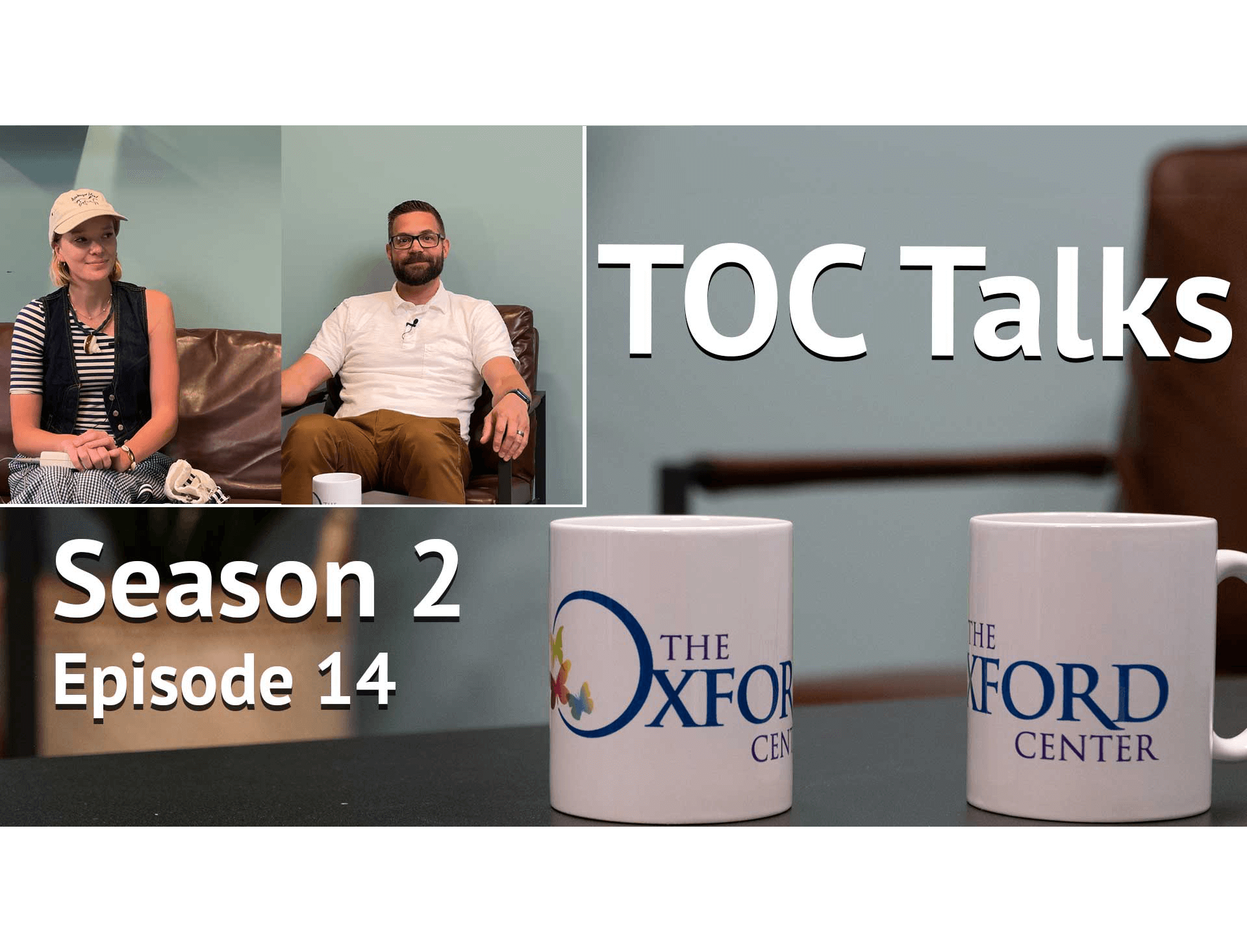
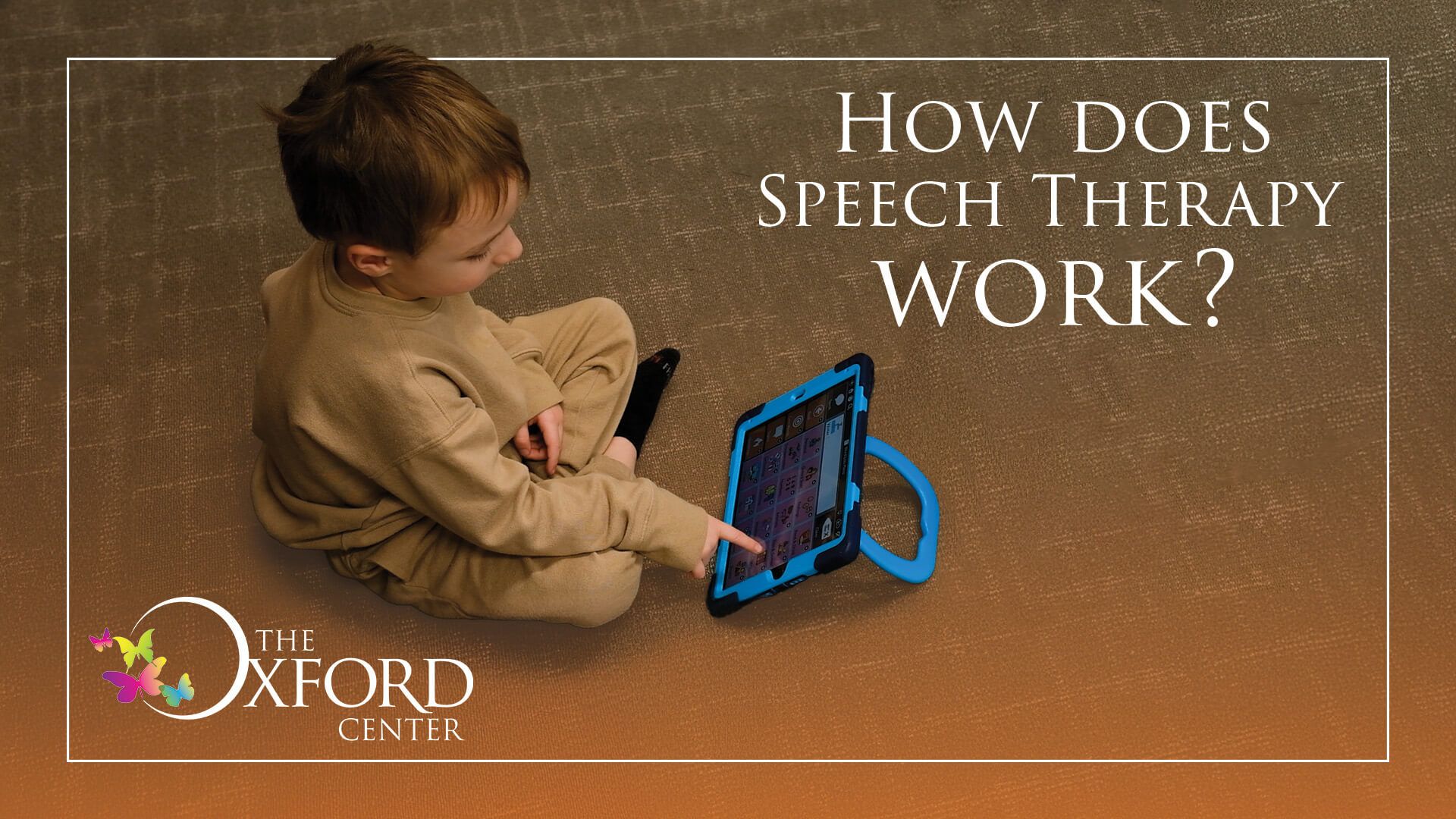
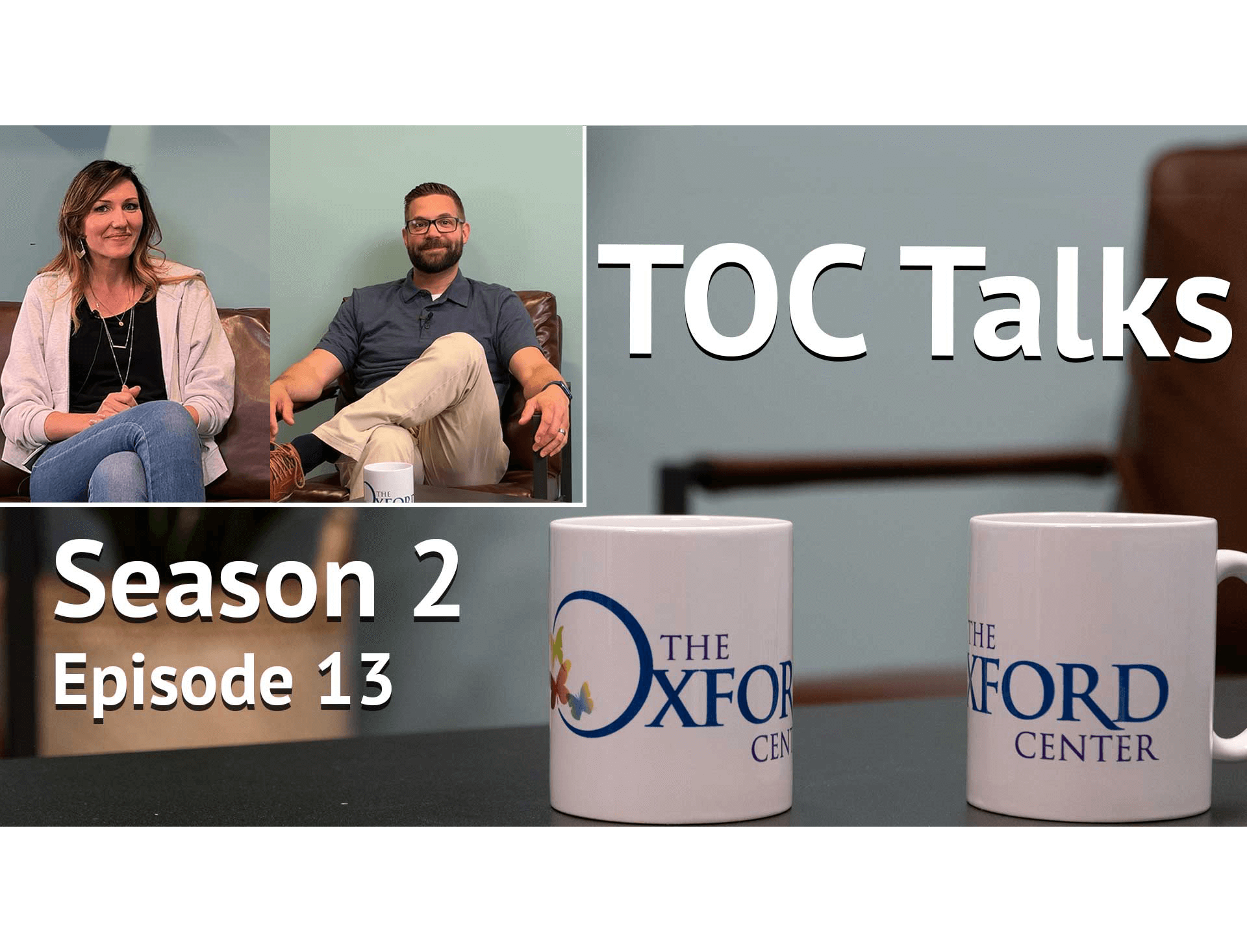
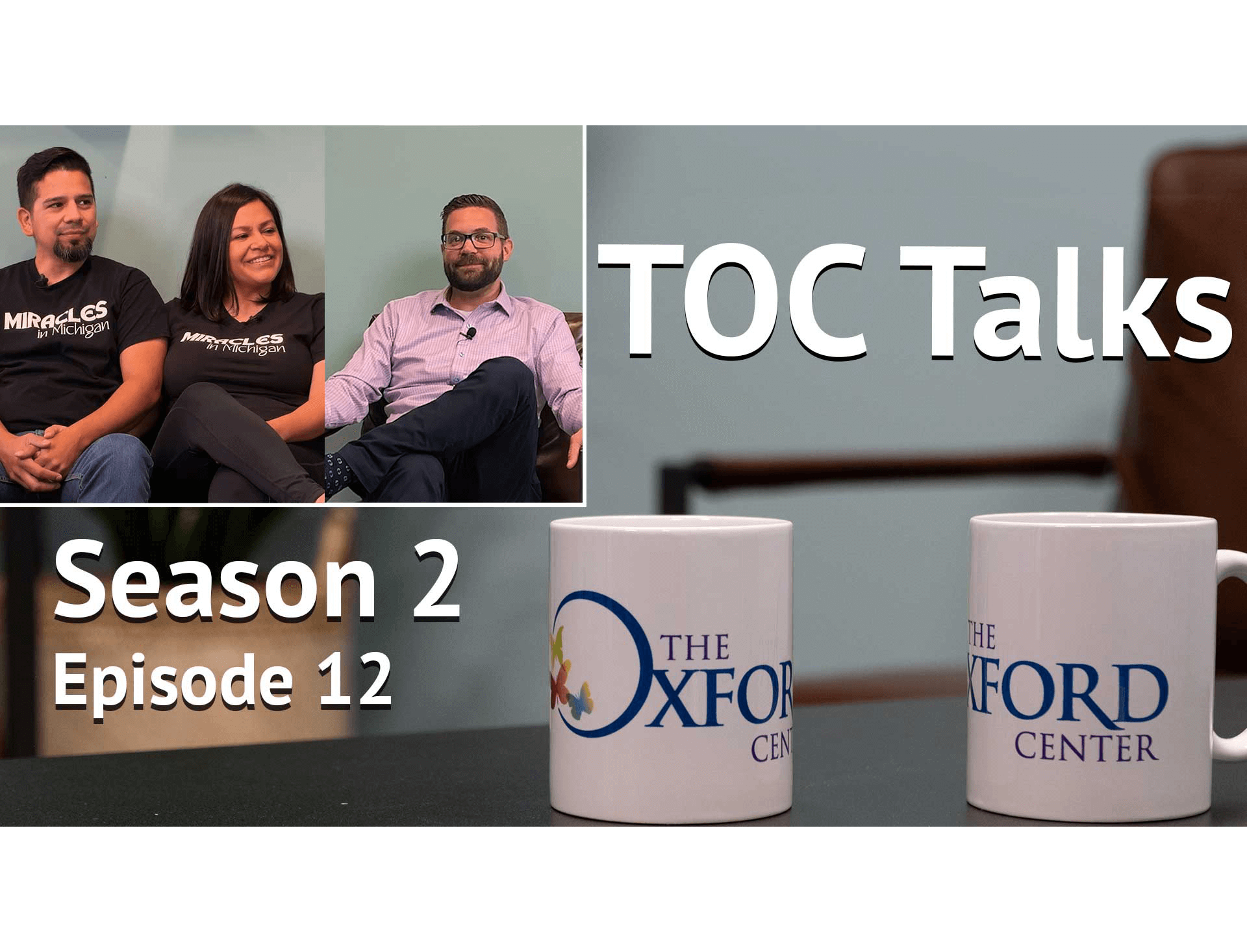
 Happy Independence Month!
Happy Independence Month!



 Our team at The Village Café takes pride in crafting delicious, wholesome meals in our celiac-safe kitchen. Using only the freshest ingredients, each dish—from hearty soups to flavorful salads—is made from scratch with love and care. We cater to various dietary needs and preferences, offering a wide selection of gluten-free and healthy options. Whether you’re stopping by for a quick lunch with friends or a business meeting, we strive to provide a warm and welcoming atmosphere where you can enjoy great food and good company.
Our team at The Village Café takes pride in crafting delicious, wholesome meals in our celiac-safe kitchen. Using only the freshest ingredients, each dish—from hearty soups to flavorful salads—is made from scratch with love and care. We cater to various dietary needs and preferences, offering a wide selection of gluten-free and healthy options. Whether you’re stopping by for a quick lunch with friends or a business meeting, we strive to provide a warm and welcoming atmosphere where you can enjoy great food and good company.






